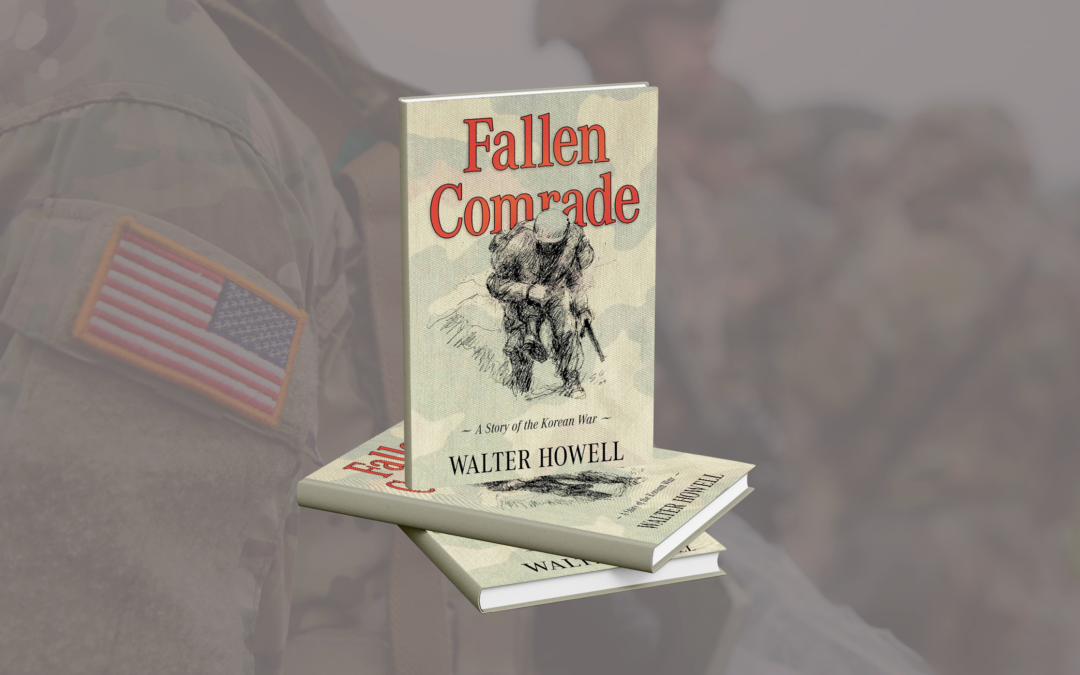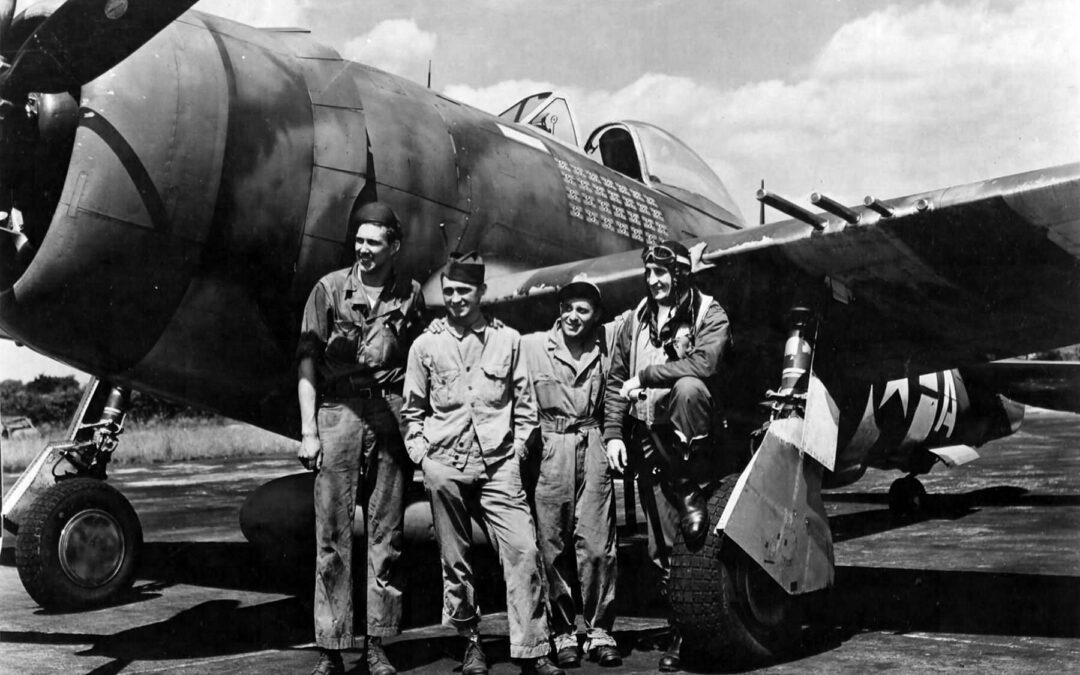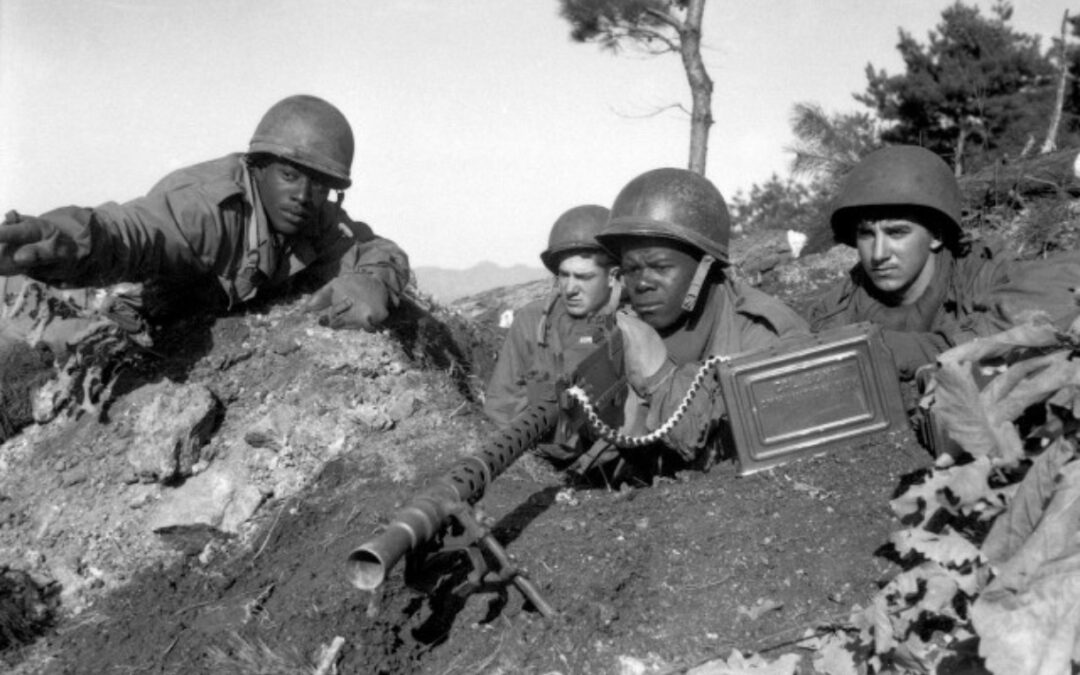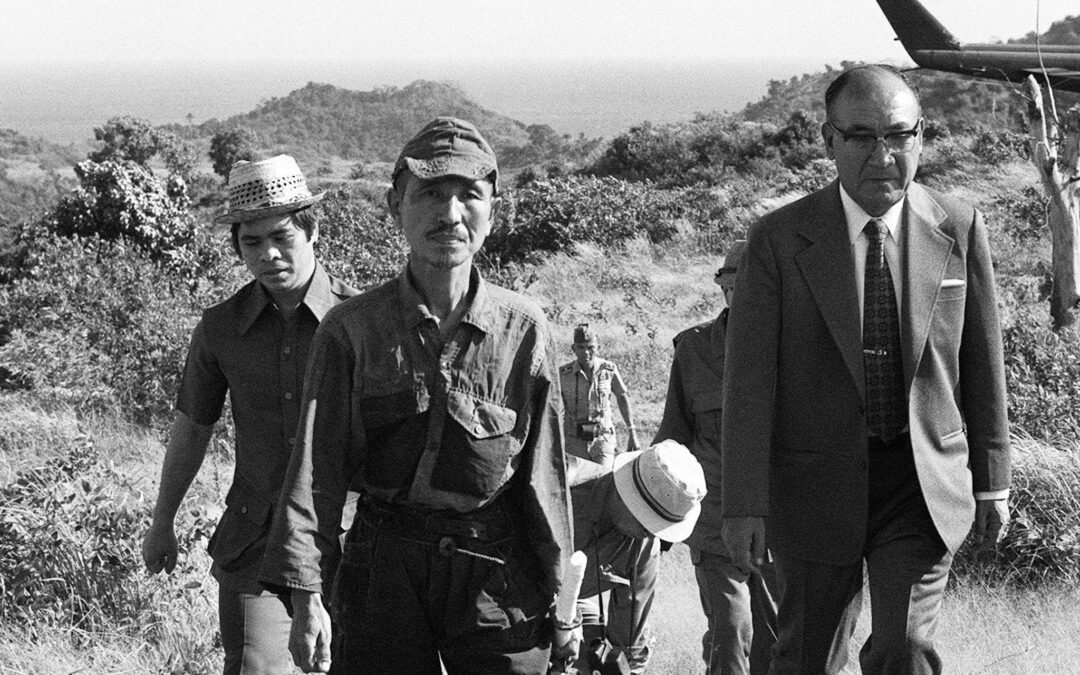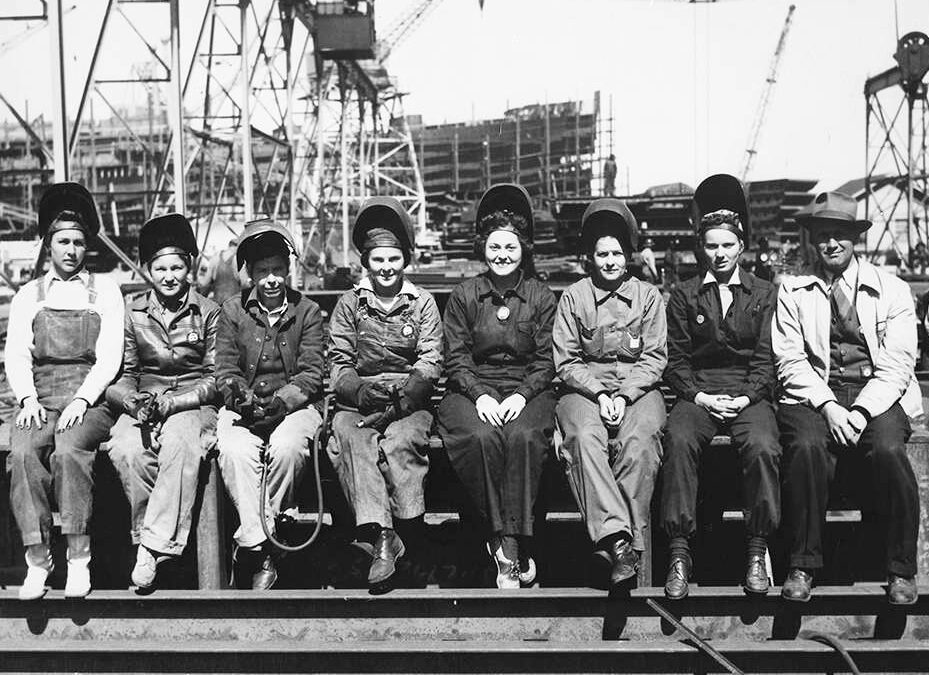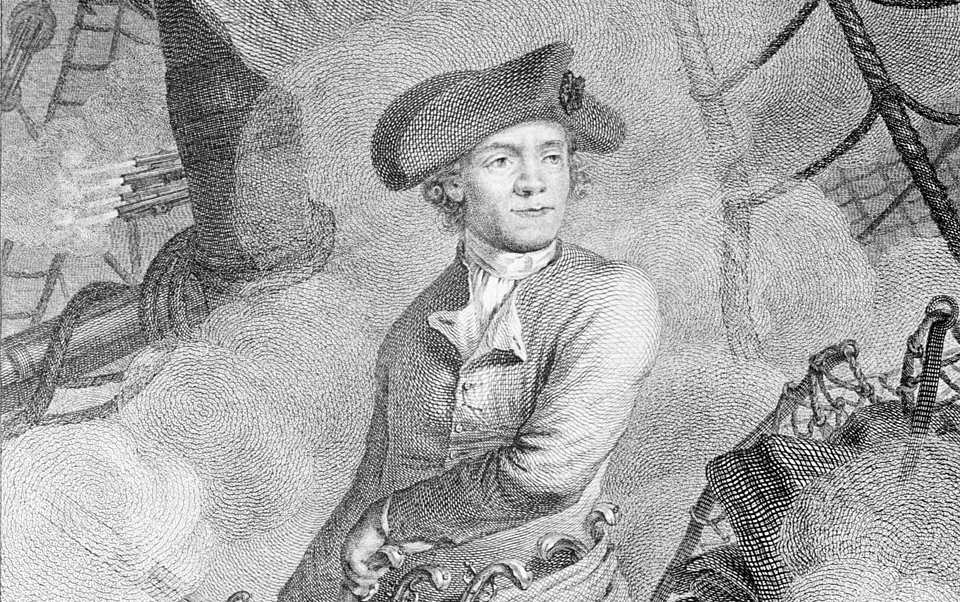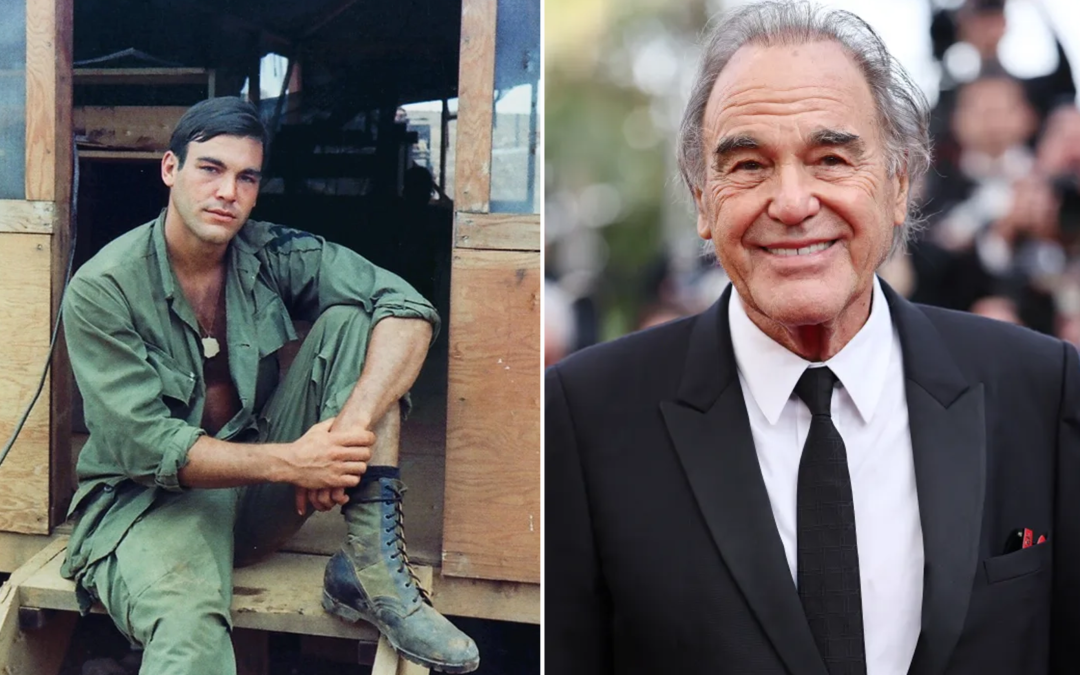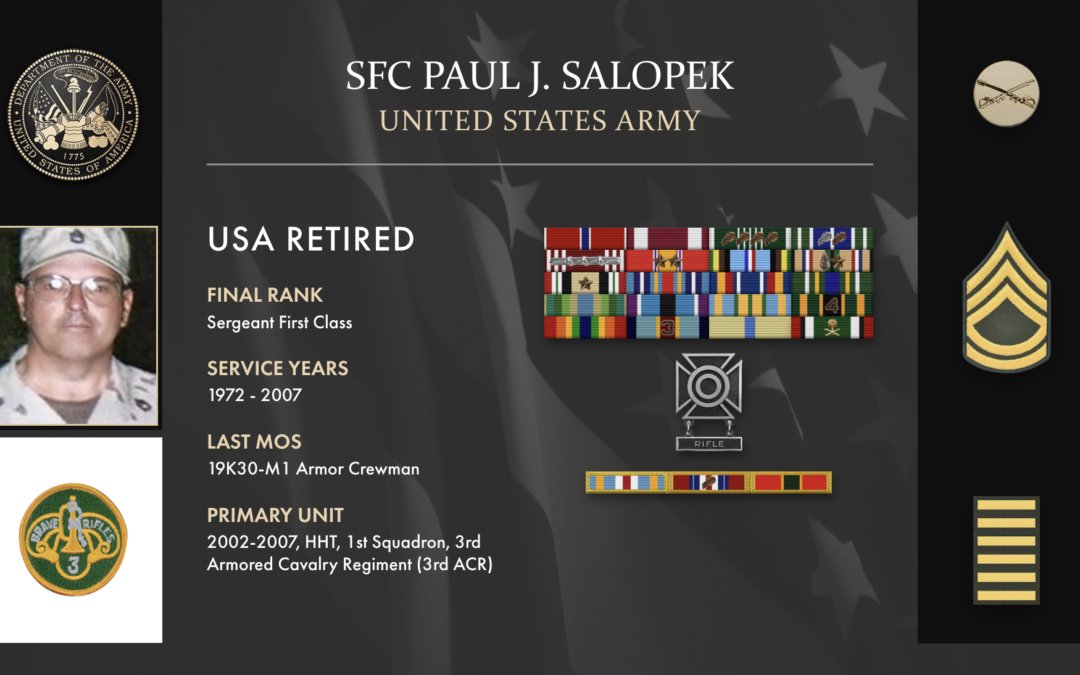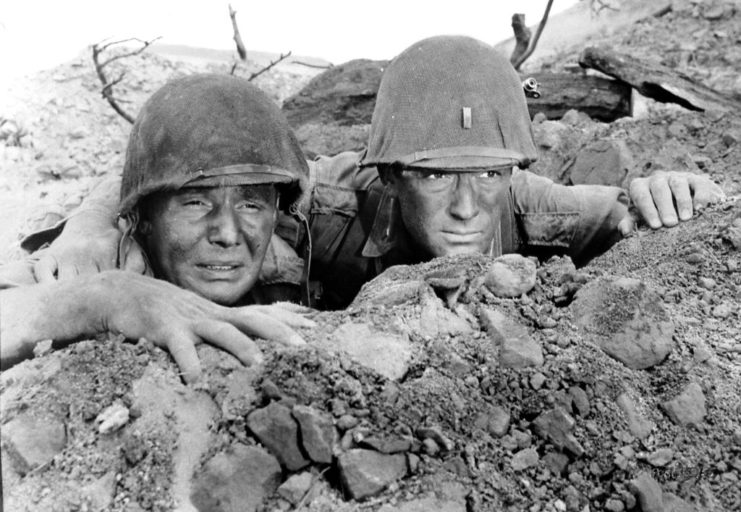I grew up in a Navy family. My dad was a career Boatswain’s Mate Chief. His brother, Roland, was a Chief Radioman who later became a Chief Warrant Officer. All my other uncles served during WWII – Jim and Harry, Army Air Corps, Mick, Navy, and Dick, USMC, WIA at Tarawa. I grew up listening to the stories and knew the military was the life for me. I also give credit to Hollywood, for I saw just about any picture that had to do with the service.


